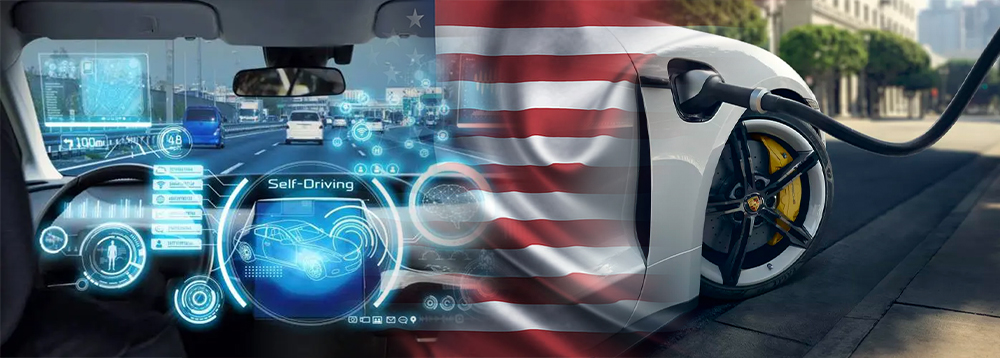


The market for automotive motors has been growing steadily. And even though this growth relented in 2020, analysts project a CAGR of 4.8% for the next five years. This means that the global market for automotive motors could reach $25.7 billion in 2025.
Manufacturers of actuators used in automobiles are optimistic too. These devices have successfully been used in the automation of different functions in all types of vehicles. A shift toward fuel-efficient technology made hybrid cars the most promising products in 2020.
Despite the drop in sales and funds for R&D, 2020 has seen the development of some key ideas and technologies. These trends will have a lasting impact on the industry. These are the most important ones:
Let’s briefly discuss each of these trends.
Self-driving vehicles also referred to as autonomous vehicles (AVs), won’t need human drivers. AVs will make driving much safer. Commonly, accidents are the result of human error or negligence. To function properly, AVs will make use of advanced technologies such as computer vision. This will allow AVs to navigate safely.
To reduce the harm of burning fossil fuels, the automotive industry has directed much effort to develop EVs. Battery technology and the availability of a reliable recharging infrastructure are some of the challenges for EVs massive deployment.
Some of the technologies derived from AI include machine learning and computer vision. These technologies will be fundamental to the implementation of AVs. Also, AI has made automotive manufacturing a faster and more efficient process.
Vehicles will be equipped with software that analyzes data about their performance. Such analysis will provide useful information such as predictive maintenance. This will reduce maintenance costs and increase safety.
AVs will require a newer way to interact with the “driver.” Humans will be able to give voice commands to the vehicle. In other cases, the interaction will take place through a touch screen or even through augmented reality. Driving will be more enjoyable and safe.
The entire ecosystem with AVs requires that vehicles communicate between them and with the surrounding infrastructure. Interconnection of different road components will increase safety and decrease traffic jams. This will translate into a more efficient use of energy and resources.
Will all the above trends materialize? Some experts ask this question in light of the reduction in vehicle sales in 2020. The reality is that the COVID-19 pandemic has made people reluctant to use public transportation or to share vehicles. Hence, manufacturers are optimistic that this trend will boost sales in the coming years.
Credit : http://blog.automotive-technology.com/what-the-automotive-industry-presents-to-us-in-2021/